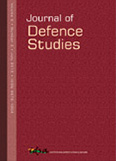US-Taliban Peace Talks and the Disquiet
Trump seems to have reconciled himself to the fact that Afghanistan may become an ‘Islamic Emirate of Taliban’ with Sharia Law being imposed with or without the consent of the people.
- V. Mahalingam
- January 01, 2019












